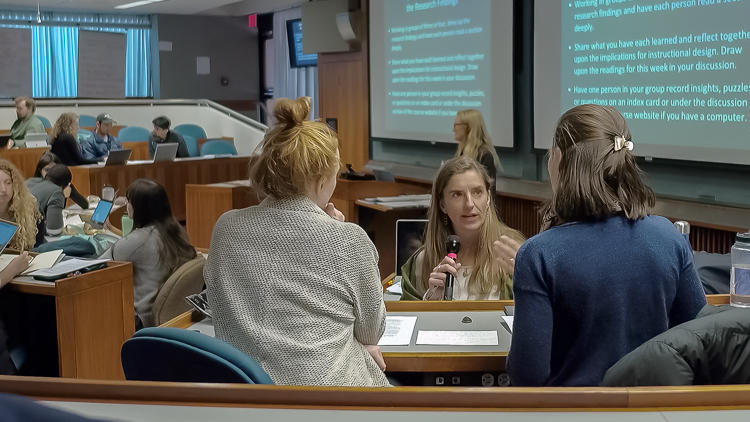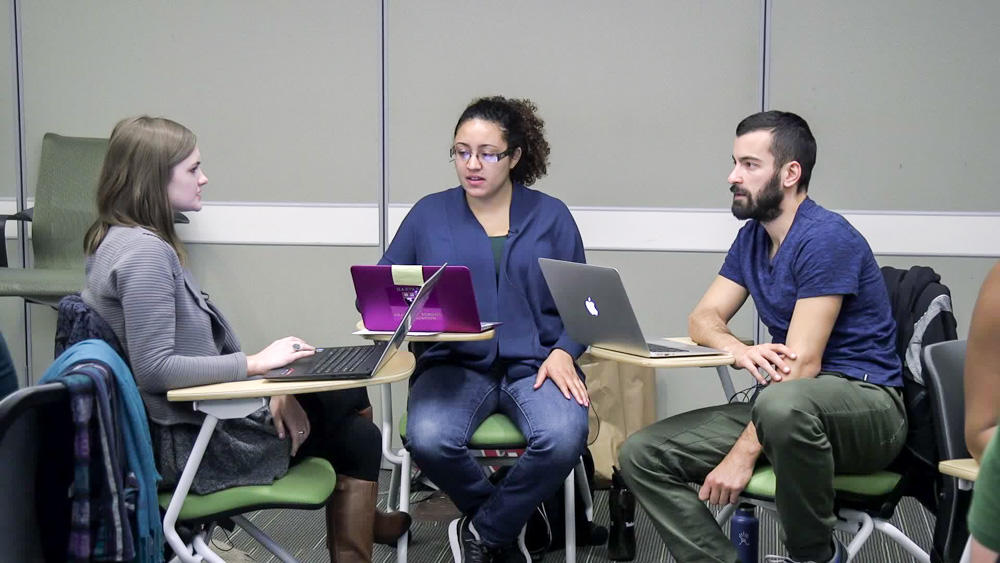Silence in the classroom can feel uncomfortable for students and instructors alike, but processing information takes time. Waiting for several seconds after asking a question so that students, particularly introverted ones, are able to gather their thoughts before responding is proven to expand participation and improve the quality of student responses. In this video, Bob Kegan and Dan Levy discuss their strategies for using wait-time in the classroom, which Levy calls “one of the most underused weapons that an instructor has at his/her disposal.”
Providing wait-time for students to process and gain confidence
Instructor
Robert Kegan, William and Miriam Meehan Research Professor in Adult Learning and Professional Development
Student Group
Graduate
School
Harvard Graduate School of Education
Course
Adult Development
Course Details
Spring 2016, ~200 students
Instructor
Dan Levy, Senior Lecturer in Public Policy
Student Group
Graduate
School
Harvard Kennedy School
Course
Advanced Quantitative Methods
Group Size
74 students
- After you ask a question, count several seconds in your head before calling on any student, even if several hands immediately go up
- Make wait-time the norm and tell students why you do it. Consistency and transparency will underscore the value of "think-time" while reducing pressure for students to be the first to respond.
- Simply say less. Resist the temptation to fill dead air with a rephrased version of your question or to answer an unanswered question yourself.
- Numerous research studies have established the wait-time benefits to students in K-12. Rowe reported that the average instructor wait-time to student responses was one second. Rowe found that increasing wait-time to three to five seconds was associated with increases in the length and quality of student responses, and decreases in failures to respond (1974).
- Tobin found a positive link between higher mean wait-times and student science achievement in middle school students (1980)
- Dollan and Collins recommend using wait-time as one strategy to teach more effectively (2015)
- In a Chronicle of Higher Education article, Associate Professor Mary Reda reflects on how she began to think about silence differently in her piece, “What's the Problem With Quiet Students? Anyone? Anyone?”
- In Quiet: The Power of Introverts in a World That Can't Stop Talking, Susan Cain describes how social institutions, like schools and universities, favor extroverts and provides suggestions for how schools can better support introverted students
- A blog post from Teaching @ Tufts provides “Tips for Teaching Introverts”




